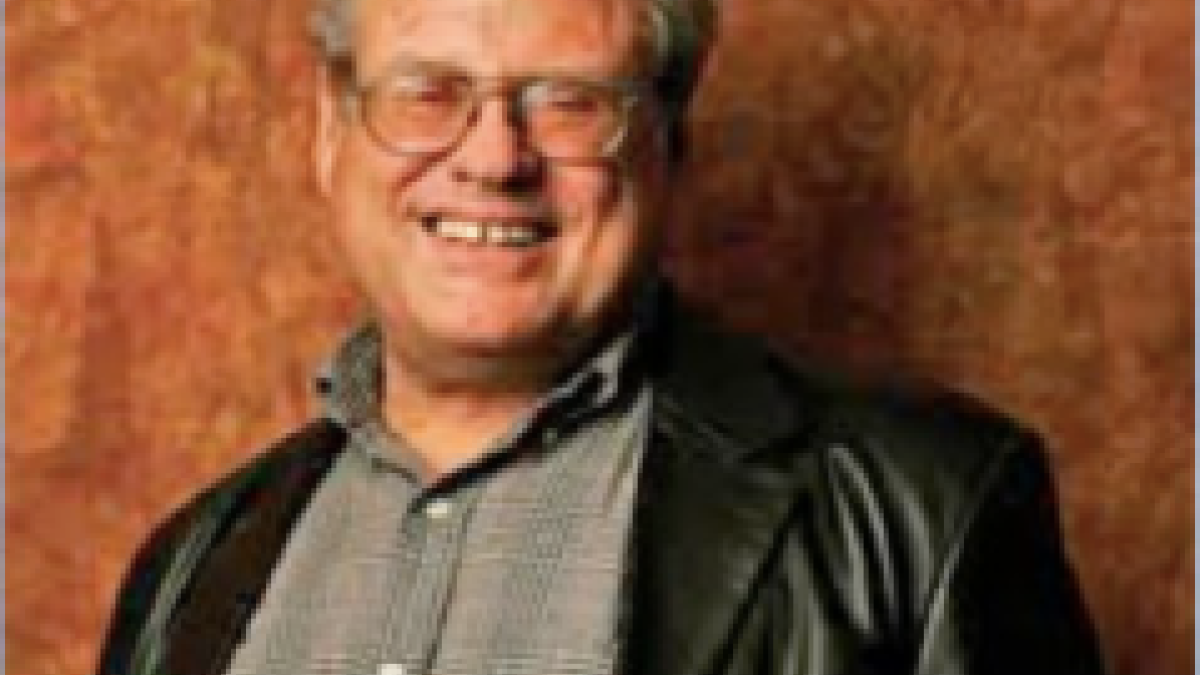ASU Regents' Professor's new photography book spotlights Chicano community

For 52 years at Arizona State University, David William Foster has studied a myriad of subjects related to Spanish, women and gender studies, Latin American urban culture, and the Jewish diaspora, publishing over 100 books. Most recently, as a Regents' Professor at the School of International Letters and Cultures, he has turned his eye to Chicano photography, using 10 photographers as a window into an important community.
“Description of the universe is child’s play compared to description of the human soul,” Foster said. Photography, he has found, does a decent job describing it.
“The book, ‘Picturing the Barrio,’ corresponds to my interest in developing visual studies in Latin America cultural studies,” Foster said. “I’ve done this through film, I’ve done this through theater and now I am interested in doing it through photography.”
Foster sees a lack of academic work on Latin American photography in the United States. This most recent book on Chicano photography is his third. His son often drives him through Phoenix communities for Foster’s own photography, finding images that reflect Chicano life. Many of his previous books have focused on Phoenix and the Southwest, but “Picturing the Barrio” covers artists around the country.
“Photography is a very democratic form of art. Anyone can be a photographer. All you need is a cellphone these days,” Foster said. “There’s an immense photographic record for Latin America but very little in the way of systematic, academic studies.”
While the actual photography is central to Foster’s book and research, he wants to give people the tools to look at the images in a substantive way, without telling them what exactly to see. He compares it to literacy, in that without learning to read, words on a page have no meaning.
“You don’t naturally see anything,” Foster explained.
In his book, Foster examines the transition of rural Hispanic and Latino communities to urban life. He sees customs and roots continuing on in city life as generations adapt and grow accustomed to new surroundings.
“The material reaffirms the intensely intimate nature of Chicano life,” Foster said. “Chicano culture has a lot to teach us about how to be human being.”
Acknowledging it can be elusive and complex, Foster said that studying culture is “the hardest science,” but sees it as equally valuable and engaging as any other field of study.
“[I'm] passionate about the value of art as a way of describing the human condition,” he said.
Read more about Foster’s research and publications here.
More Arts, humanities and education

2 ASU professors, alumnus named 2025 Guggenheim Fellows
Two Arizona State University professors and a university alumnus have been named 2025 Guggenheim Fellows.Regents Professor Sir…

ASU instructor’s debut novel becomes a bestseller on Amazon
Desiree Prieto Groft’s newly released novel "Girl, Unemployed" focuses on women and work — a subject close to Groft’s heart.“I…

‘It all started at ASU’: Football player, theater alum makes the big screen
For filmmaker Ben Fritz, everything is about connection, relationships and overcoming expectations. “It’s about seeing…

